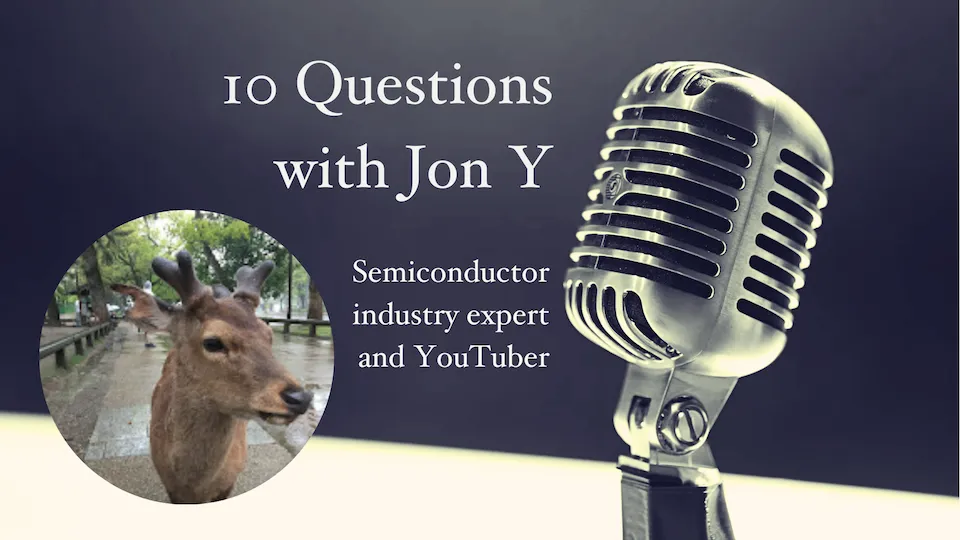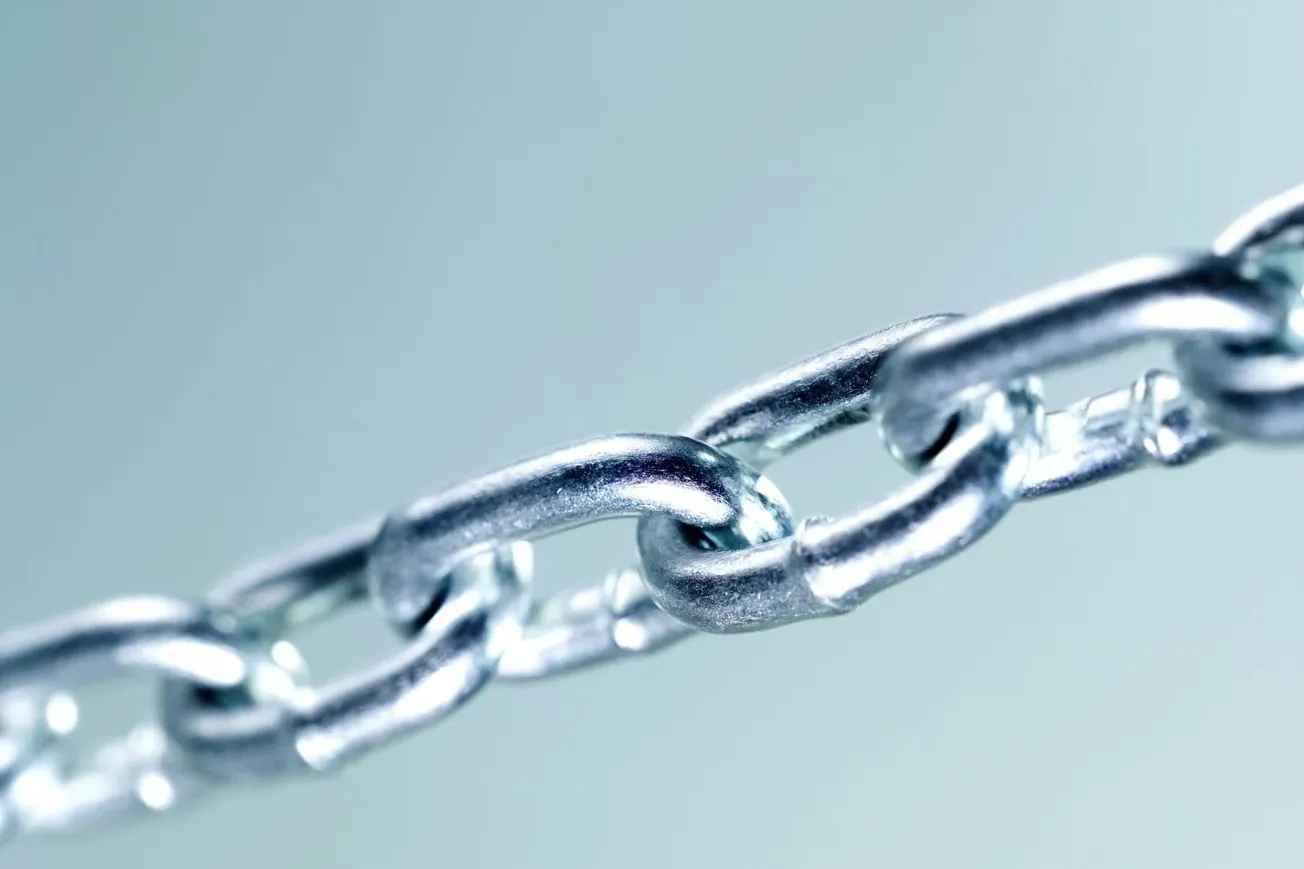Table of Contents
1. Jon’s background
Question: Hi Jon! Thanks for participating. Can you tell us briefly about your background and what you’re focusing on now? What brought you to Taiwan, and how is everyday life compared to the United States?
After college, I worked in Silicon Valley for about 10 years. Nothing special. Just another guy on the street. I was mostly working in marketing and advertising, though I tried to be a programmer for half a year. That did not do well. After a rough time at one company, I stopped working and did freelance work for a year. I decided then that I was going to go to Asia. But where? Not sure, I sent applications to companies in Shanghai, Hong Kong, Taipei and Singapore. Taipei gave me the best offer.
I enjoy life in Taipei. It was very hard to leave the United States and the Bay Area - I actually like it way more than others - I just like it here in Taiwan too. Taiwan is a more chill place than places like Bangkok or Singapore, though I like those cities as well.
2. Advice for budding Youtubers
Question: Your YouTube channel has been immensely successful, having almost 700,000 subscribers. What has it been like to build a YouTube channel while working full-time in another role? What advice would you give others who want to follow the same path?
I only left my full time job two years ago. I think the key thing is to learn the workflow as best as you can, and optimize every possible second. Every time I sit down at the laptop to work, it is a bit of a race since my time is always very limited. You want to know exactly what you want to do and get it done. I do a lot of work in my head or on my phone as well.
3. Taiwan invasion risk
Question: Since you’re a resident of Taiwan, I have to ask: how do you perceive the potential risk of a CCP takeover? Are foreign investors overestimating the risk? And what would a takeover mean for the local semiconductor industry, in your view?
A takeover would be pretty devastating, naturally. There is no doubt that any conflict would destroy the fabs, if not physically then in other ways. Let’s leave it at that.
I try not to prognosticate on Cross-Strait relations. It is an easy way to look really stupid. I just try to frame it in this way: Living in Taiwan, you take on this massive existential risk that has existed for 75 years. But at the same time, you enjoy reduced everyday life risks. For instance, petty crime is basically absent here. I can leave my laptop in the Starbucks unattended to go to the bathroom. Life is good here on a daily basis. You must strike a balance.
4. Nvidia and generative AI
Question: You made a video about how Nvidia beat the competition from ATI and Intel in the graphics card market. Since then, they’ve found other use cases, including those in generative AI. Do you consider the current boom in demand for GPUs sustainable, and where do you see Nvidia 10 years from now?
Unless we see signs that AI is going to be widely adopted by ordinary customers and people, I don’t think this boom is sustainable. Microsoft and Apple and Google are shoving AI down people’s throats, but is it a “push” or a “pull”?
Go back to the PC revolution. The Apple II was an immediate hit when it came out. The IBM PC was an instant hit when it came out. They couldn’t keep up with the orders. These were items with instant impact on everyday lives. Can we say the same thing about Generative AI?
Right now we are seeing this massive capital expenditure by the big rich tech giants. Sequoia has this slide that says that much of the revenue in the AI industry has accrued to Nvidia, $25 billion or so, but the income derived from consumers is just like $4 billion. You can’t build roads forever. Eventually people have to drive on them.
5. TSMC’s dominance in foundry
Question: According to this video, ASML and Apple worked closely with TSMC to develop EUV lithography machines, giving them a lead in the current generation of high-end logic chips. Do you expect TSMC to continue to dominate the industry in the high NA EUV era and beyond, or will Intel or Samsung eventually regain lost market share?
Samsung and Intel did not lose market share to TSMC. They never had it in the first place. TSMC created the space and held it for decades.
TSMC was not the leading customer for Low-NA EUV either. Samsung was and they presented ASML CTO Van den Brink with a phone saying “this phone has a chip made with EUV”. TSMC came in after Samsung and somehow outcompeted them to the 5-nm class node and beyond. EUV and other lithography systems are tools - like ovens for a kitchen. The real differentiation is in the recipe and the line cooks making it.
Something to add. I think Intel is going to need a lot of money to scale up their fabs and that is going to weigh on the stock. Ben Thompson pointed out that during the years when Intel was falling behind in the industry, the stock did very well. Now the opposite will happen. Intel the business will improve a great deal. Intel the stock … well.
6. China’s competitiveness in foundry and memory chips
Question: The Chinese government just launched a $48 billion semiconductor investment fund. What do you think is the likelihood that Chinese companies like SMIC or YMTC will catch up in the foundry and the memory chip markets?
I think it is pretty clear right now that they are and will be dominant in memory, DRAM and NAND. Their NAND technology is leading the world, particularly in 3D NAND. I have said that we will be feeling these companies’ impact in the market someday, but Samsung and Hynix are still dominant.
So long as there are tensions between China and the United States, I think there is going to be hesitancy by western companies to buy Chinese-made memory for their products. Just imagine that headline in the New York Times or WSJ.
As for foundry, I think SMIC will struggle to run economical nodes against TSMC. TSMC will invest $30 billion in CapEx and run over 10 million wafers this year. It is hard to compete against that - since volume in semiconductors is everything. But I would bet that SMIC can run the table on virtually everyone else, if allowed to.
7. India’s pharmaceutical industry
Question: You made another video on the Indian pharmaceutical industry. What’s been their key reason for success? And what do you think are the chances that they’ll eventually move up the value chain towards the discovery of new drugs in direct competition with Astra Zeneca, Novartis, etc?
I think it has a lot has to do with policy. India seems to be a country that goes where its policymakers decide to go. I have not heard rumblings about new changes in pharmaceutical or moving up the chain. Government seems more interested in electronics and semiconductors. Probably the better choice to be honest. More exportable and less beholden to regulation. Taiwan has been trying to do industrial policy for health and medicine for decades and it hasn’t worked.
8. Japanese and Korean conglomerates
Question: In two separate videos here and here, you detailed how conglomerates in Japan and Korea gained favors from their respective governments in their early stages of development. What caused the formation of these conglomerates, and how have they remained strong until now?
I am fascinated by the idea of these conglomerates being formed. They exist because of a mix of industrial policy and “right person, right time”.
New government takes over and needs money. They have these public assets - mines or industry or whatever - and transfer them to private hands for money. So the seed of these conglomerates are privatized public assets.
But now it is up to the private entrepreneur to build up these assets into big companies. Sometimes they can do it, sometimes they can’t. But the government makes it easy for them by giving them cheap loans of foreign currency.
And the ones who do manage to make the best - like the Daewoo Group or Samsung people - get more cheap money to build up other things. So it is kind of like “best guy out of the Octagon” situation. I think these conglomerates will remain successful so long as their founders and/or second generation founders remain. After that, we get into the softer generations - those with no memories of the steppe - and I think that’s when things start going wrong.
9. Abolishing money
Question: I loved your video about how the Bolsheviks in the Soviet Union tried to abolish money. What did Lenin try to achieve by abolishing money, and what do you think we can learn from that historical episode?
Lord, I remember this video ha! I think what I learned is that the Bolsheviks really did believe in Communism, and I admire their will to try and bend society towards their vision. It was a crazy time back then, when Lenin and this small party of folks were trying to consolidate their grip over a sprawling empire. I certainly am glad I didn’t live through it.
10. Where readers can find you
Question: Where can people go to interact or learn more about you? And can you tell us about your Substack newsletter and what readers can expect from it?
Just watch the YouTube channel. That is the best way to see me. I’m also on X and Instagram. I have a newsletter but I need to post more on it.
Jon’s YouTube channel: Asianometry
Jon’s Substack newsletter: The Asianometry Newsletter
Jon’s Twitter account: @asianometry
Jon’s Instagram account: @asianometry

If you would like to support me and get 20x high-quality deep-dives per year and other thematic reports like this, try out the Asian Century Stocks subscription service - all for the price of a few weekly cappuccinos.








